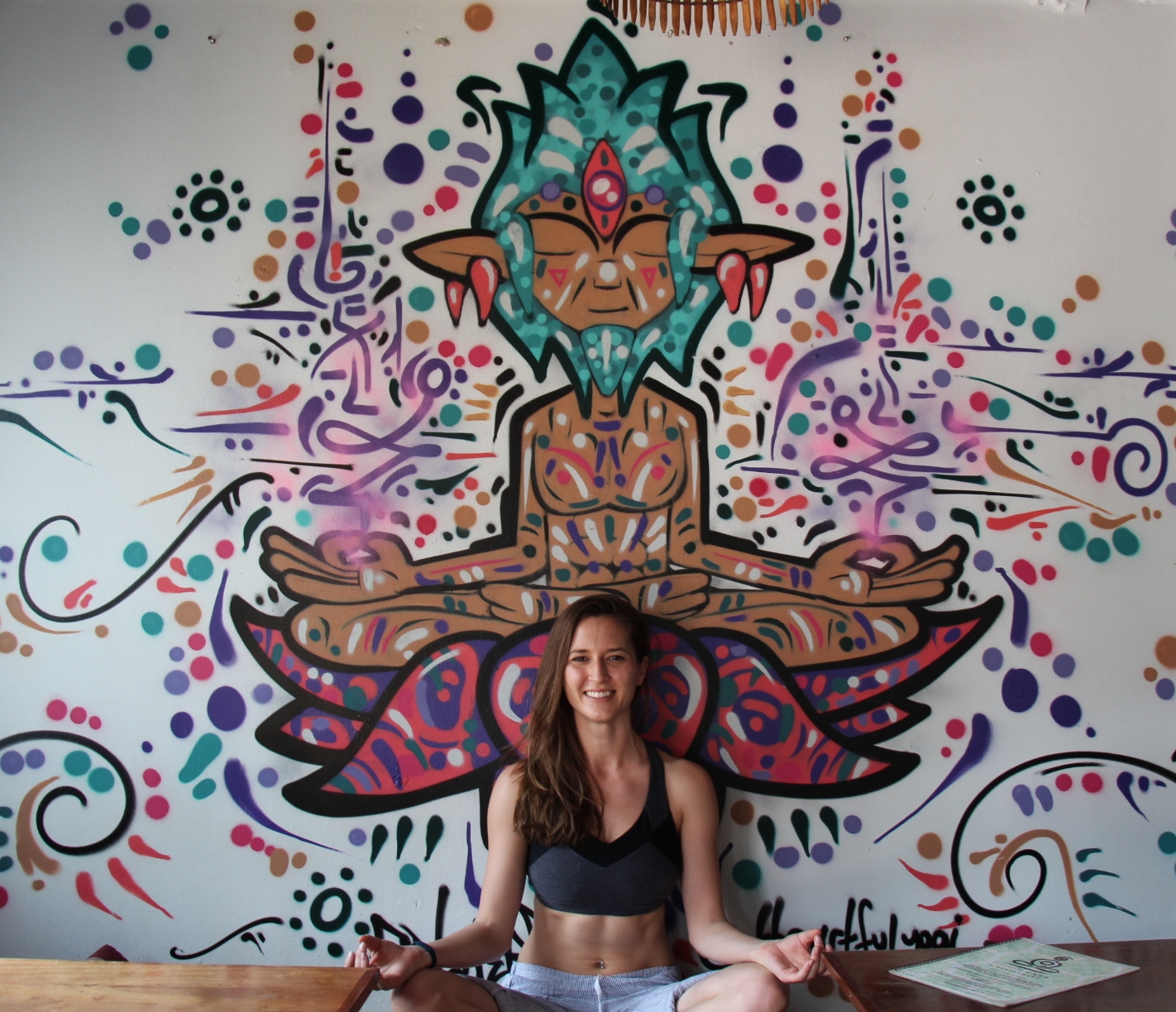The Forgotten Mother
THE FORGOTTEN MOTHER
Reclaiming the Divine Feminine
"Father, Son, and Holy Spirit."
In the silence that follows these words, I strain to hear what is missing.
PROLOGUE
My sons watch me light the candles on our Hanukkah menorah, their eyes reflecting the dancing flames. They are five and seven, full of questions about why we celebrate this way, why their friends have Christmas trees instead. I realize I don't have answers that satisfy me, let alone them. This moment begins my journey into the forgotten half of divinity.
I. ABSENCE
In the modern prayer, we speak of two males and a ghost. Father, Son, and Holy Spirit. The trinity that governs heaven and earth in the Christian imagination.
Where is the Mother? The Daughter?
I stand in the Vatican Museum, surrounded by statues of Mary dressed as a lavish queen, adorned with jewels and gold. The tourists shuffle past, cameras clicking. I linger. Why are there so many Marys? Why does this holy woman, whom billions pray to, stand forever outside the divine trinity? Why can no woman be Pope?
The question follows me home, echoes as I read bedtime stories to my sons.
II. PATTERNS
The evidence appears in linguistic ghosts.
Israel: Is-Ra-El. Isis, the Egyptian mother. Ra, the sun god child. El, the Canaanite father god. A holy family hidden in plain sight.
Europa: Another goddess name preserved in an entire continent.
I trace my finger across maps, finding her everywhere. The mother, speaking through place names that predate our current religions by millennia.
III. EXCAVATION
The Rosetta Stone sits behind glass in the British Museum. Before Champollion deciphered it in 1822, Egypt had been voiceless for nearly two thousand years. How many other voices remain silent?
We know the Jews working Egyptian mines reduced hundreds of hieroglyphic characters to roughly twenty-six symbols, democratizing writing beyond the elite. This alphabet traveled to the Etruscans, to the Greeks, to Latin—amnesia in memory, forgotten connections preserved in archaeology.
The Minoans traded with Egypt and Canaan, but we cannot read their Linear A script. The mother tongue waits, buried in clay tablets.
IV. SYNCHRONICITY
Blue beads spread from the Mediterranean to Germany in 2000 BCE, carried by Phoenician traders. I hold one in my palm at a museum in Berlin, thinking of how it passed through countless hands before mine.
I find Egyptian temples to Isis as far north as Britain, as far east as Afghanistan. She was too beloved to be forgotten, even as Roman law prohibited marriage to foreign women.
The funeral monuments of early Christianity are indecipherable—are they dedicated to Isis or Mary? The distinction had not yet solidified.
Mary: beloved in Egyptian, a title used for pharaohs both male and female.
Amun: the Egyptian creator god whose name Jesus supposedly compared himself to. "Amen" at the end of every prayer—a word that matches in both sound and meaning to an Egyptian god that came earlier.
No scholar can truly deny this, yet they do.
V. BALANCE
In my sons' bedroom, I place a globe. "When it's day here," I say, pointing to our home, "it's night here," moving my finger to the opposite side.
Easter marks the vernal equinox—equal hours of day and night. A perfect symbol of balance. The sexy, wet time when men and women come together to create life. Nine months later, a child is born, near winter solstice—the same birthday shared with almost every sun god across cultures.
Christmas in German: Mutternacht. Mother's Night.
VI. RETURN
When the mother ruled, I imagine a world that put children first. They had infant mortality rates of fifty percent. Ancestors were revered, and children were needed to perform sacred rituals.
If we put children first today, everything would change:
Conservation instead of consumerism
Nutrition over convenience
Less screen time, more free play
Neighborhoods where children could roam safely
Connection with seasons and our biology
Sex as sacred, not forbidden
Unity and balance would reign again.
EPILOGUE
My sons are teenagers now. We sit under a night sky, picking out constellations. "Did you know," I tell them, "many of these stars had goddess names before they were renamed?"
They nod, unsurprised. They've grown up hearing the mother's voice I've excavated from history.
We don't have to ignore our sons to give space to the feminine divine that has been sidelined too long. We need only to restore balance—to remember that the light we celebrate in our children comes equally from mother and father, like the perfect equilibrium of the equinox.
The mother is here. She always was.
In human history, we don't progress in a straight line, but in a spiral—returning to what was forgotten, but seeing it anew. As AI helps us read and translate vast volumes once tucked away, what else will we discover that breaks our misconceptions of the past? We live in an age where modern religions claim two-thirds of humanity but resist reinterpretation. Science and religion are seen as incompatible. They are more comfortable when people are illiterate and "heresy" means simply "choice."
But we will have many choices to make in this age of freedom and access. This data revolution will tell us more about ourselves than we could have ever imagined.
And we are here for it.



